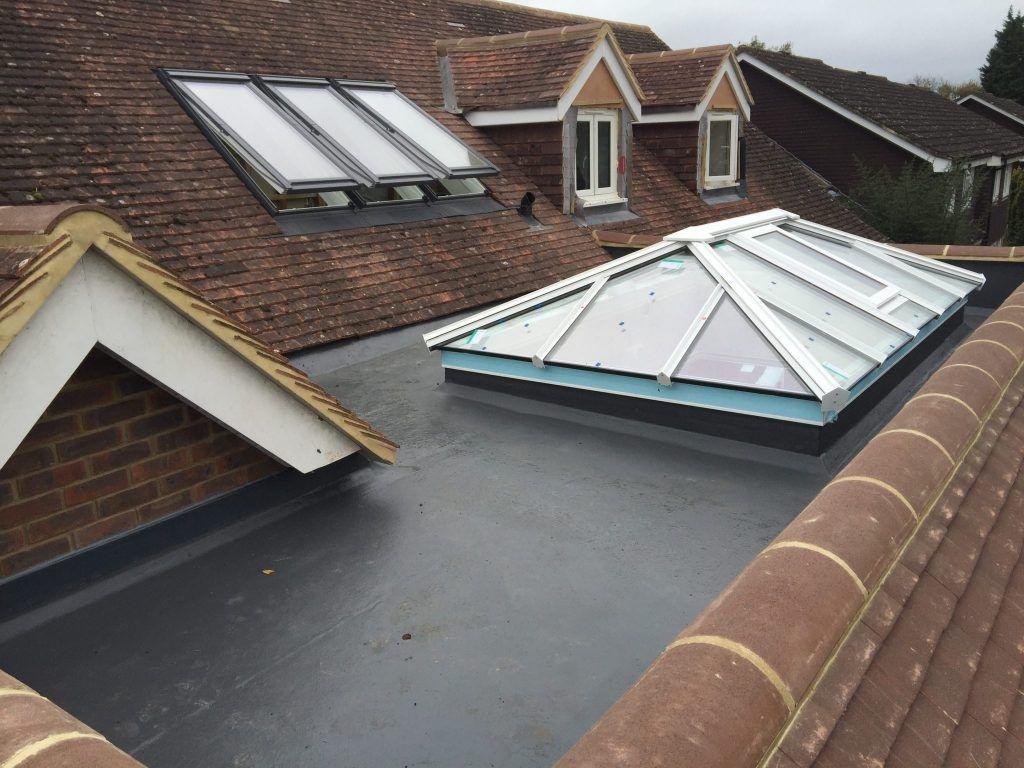A Complete Guide to Flat Roofing Systems

When it comes to modern construction and efficient building design, Flat Roofing is a practical and increasingly popular choice. Whether you are a homeowner or a commercial property manager, understanding flat roofing systems can help you make better long-term decisions regarding durability, energy savings, and overall maintenance costs.
Flat roofs are known for their sleek appearance and cost-effective performance, especially in regions with mild weather. They provide a versatile platform for HVAC units, solar panels, and rooftop decks, making them ideal for both residential and commercial buildings. In many cases, they’re also quicker and more affordable to install than traditional sloped roofs.
One of the biggest advantages of flat roofing is accessibility. Regular inspections, cleaning, and repairs are easier to carry out on a flat surface, which can extend the life of your roof significantly. Whether you're considering a flat roof installation for new construction or a flat roof replacement on an aging building, knowing your options can save you time and money.
Why Flat Roofing Is Popular
Flat roofing systems are especially well-suited to areas like Decatur, TX, where temperature swings are manageable and space efficiency is valued. Property owners here often choose flat roofing for its clean appearance and practical benefits in both residential and commercial applications.
In Decatur, affordable roofing options are crucial for both new construction and renovations. Flat roofing not only keeps upfront costs lower compared to complex pitched systems, but it also simplifies the design and drainage structure of the building. Additionally, affordable commercial flat roofing solutions allow businesses in Decatur to stay within budget without compromising on quality.
From small office buildings to warehouses, commercial flat roofing is a staple in Decatur’s commercial landscape. It offers reliable weather protection while accommodating additions like solar panels or skylights. The design also minimizes wind resistance, which can be a major advantage during storm season in Texas.
Types of Flat Roofing Systems
Here are some of the most common flat roofing types used today:
1. TPO (Thermoplastic Polyolefin)
A popular single-ply membrane that offers excellent UV resistance, energy efficiency, and durability. TPO roofs are also heat-welded at the seams, which minimizes leaks.
2. EPDM (Ethylene Propylene Diene Monomer)
Known as "rubber roofing," EPDM is a durable and flexible option that performs well in various climates. It’s easy to install and repair, making it cost-effective.
3. Modified Bitumen
A layered asphalt-based system reinforced with fiberglass or polyester. It's strong, impact-resistant, and a reliable option for flat roof replacement projects.
4. PVC (Polyvinyl Chloride)
This membrane system is resistant to chemicals and grease, making it ideal for restaurants or commercial buildings with rooftop equipment.
Choosing the Right Contractor
Whether you’re planning a new installation or a replacement, choosing the right contractor is essential. An experienced roofing professional will help you select the most suitable material and ensure proper drainage design, slope, and insulation.
If you're based in North Texas, Tru-Green Roofing is a trusted name in the industry. With years of experience in both residential and commercial flat roofing, they provide high-quality, affordable solutions backed by local expertise.
Conclusion
Flat roofing systems offer a wide range of benefits for both homeowners and businesses. They are affordable, accessible, and efficient—especially in locations like Decatur, TX. By selecting the right type of roofing system and working with a reputable contractor, you can enjoy long-lasting performance and peace of mind.
Whether you're planning a flat roof installation for a new building or need a flat roof replacement for an aging structure, the key is to invest in quality materials and skilled labor. A well-installed flat roof will not only enhance your building’s functionality but also contribute to energy savings and curb appeal.
Frequently Asked Questions
1. How long do flat roofing systems typically last?
Most flat roofs last between 20 to 30 years, depending on the material used and how well they are maintained.
2. Is flat roofing more affordable than traditional pitched roofing?
Yes, in most cases flat roofing systems are more cost-effective due to reduced materials, labor, and faster installation times.
3. Can flat roofs be used for green or solar installations?
Absolutely. Flat roofs are ideal for solar panels and green roofing systems due to their wide, open surface area.
4. What’s the best flat roofing material for commercial use?
TPO and Modified Bitumen are popular choices for commercial flat roofs due to their durability and cost-effectiveness.
5. Do flat roofs have drainage problems?
If designed and installed correctly with proper slope and drainage systems, flat roofs do not have drainage problems.
- Art
- Causes
- Best Offers
- Crafts
- Dance
- Drinks
- Film
- Fitness
- Food
- Juegos
- Festival
- Gardening
- Health
- Home
- Literature
- Music
- Networking
- Other
- Party
- Religion
- Shopping
- Sports
- Theater
- Wellness



